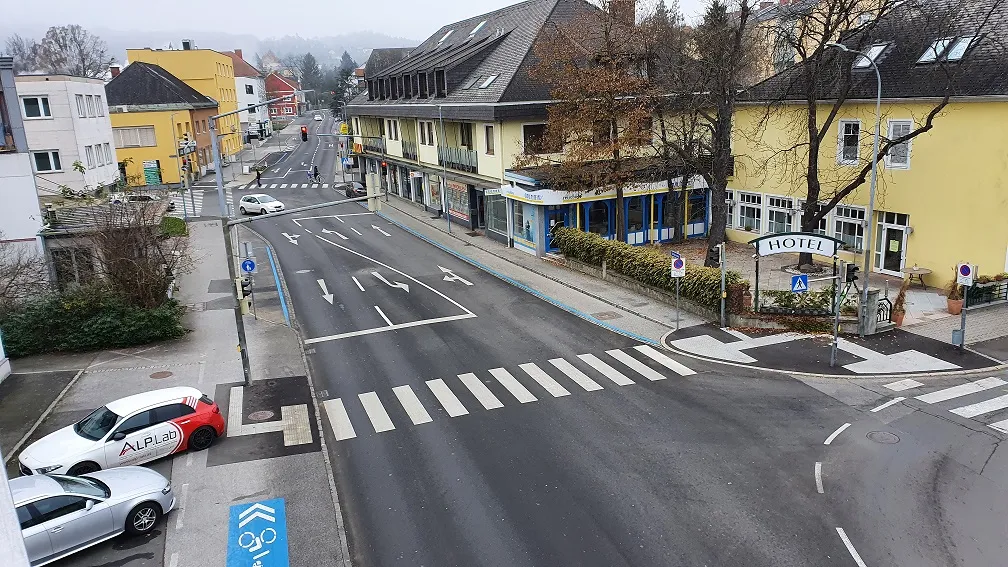The latest augmented reality head-up display (AR-HUD) from automotive supplier Continental supplements the exterior view of traffic conditions in front of the vehicle with virtual information (augmentations) for the driver. Developed from the previous HUD, the latest AR-HUD now the displays the reflected information where it becomes a part of the driving situation.
Based on camera and radar data from the vehicle sensors and taking into account the vehicle dynamics data, digital map data and GPS position
September 24, 2014
Read time: 2 mins

The latest augmented reality head-up display (AR-HUD) from automotive supplier 260 Continental supplements the exterior view of traffic conditions in front of the vehicle with virtual information (augmentations) for the driver. Developed from the previous HUD, the latest AR-HUD now the displays the reflected information where it becomes a part of the driving situation.
Based on camera and radar data from the vehicle sensors and taking into account the vehicle dynamics data, digital map data and GPS positioning, the device calculates a model of the real exterior view from the driver’s perspective and can position the information at the correct visual point.
When navigating, a virtual symbol inserted into the exterior view shows the vehicle trajectory on a curve in front of the vehicle. The system also supports the use of adaptive cruise control (ACC); when ACC is enabled, a crescent-shaped marking in the AR-HUD highlights a vehicle detected in front.
The device also reflects navigation information in the real exterior view, allowing the driver to reverse without having to look back and forth between the navigation screen and the road.
Based on camera and radar data from the vehicle sensors and taking into account the vehicle dynamics data, digital map data and GPS positioning, the device calculates a model of the real exterior view from the driver’s perspective and can position the information at the correct visual point.
When navigating, a virtual symbol inserted into the exterior view shows the vehicle trajectory on a curve in front of the vehicle. The system also supports the use of adaptive cruise control (ACC); when ACC is enabled, a crescent-shaped marking in the AR-HUD highlights a vehicle detected in front.
The device also reflects navigation information in the real exterior view, allowing the driver to reverse without having to look back and forth between the navigation screen and the road.










